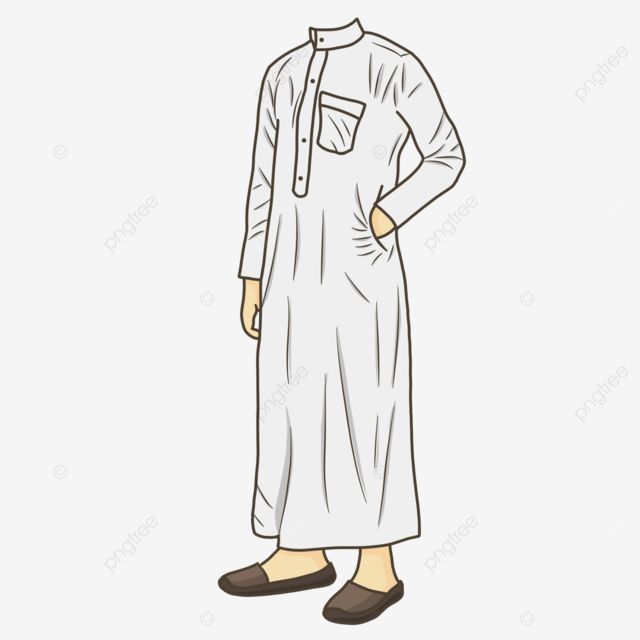
Thobe
Share
In the Middle East, the garment similar to a Kurta is often referred to as a "Thobe" (also spelled Thawb or Dishdasha), though there are some differences in style and cultural context. Here's a breakdown:
Thobe (Middle Eastern Garment):
- Design: A Thobe is a long, ankle-length robe, typically with long sleeves and a collarless neckline. It is usually more flowing and loose-fitting compared to a Kurta.
- Fabric: Thobes are often made from lightweight fabrics like cotton or linen for everyday wear, and more luxurious fabrics like silk or fine wool for formal occasions.
- Occasions: Thobes are worn as everyday attire in many Middle Eastern countries, as well as for formal events, religious occasions, and cultural celebrations.
-
Regional Variations:
- In Saudi Arabia, it is called a Thobe.
- In the UAE and other Gulf countries, it is often referred to as a Kandura or Dishdasha.
- In Oman, it is called a Dishdasha and may feature a tassel (furakha) on the collar.
Kurta (South Asian Garment):
While the Kurta is more commonly associated with South Asia, it is also worn in some parts of the Middle East, particularly in regions with cultural ties to South Asia. However, it is not traditionally referred to as a Thobe.
Key Differences:
- Length: A Thobe is typically ankle-length, while a Kurta is usually knee-length or mid-calf.
- Style: Thobes are often simpler in design, while Kurtas may feature more embroidery, patterns, or embellishments.
- Cultural Context: Thobes are deeply rooted in Arab culture, while Kurtas are more associated with South Asian traditions.
In summary, while the Kurta and Thobe share similarities as traditional garments, they are distinct in style, length, and cultural significance. The Middle Eastern equivalent of a Kurta is generally the Thobe, Kandura, or Dishdasha, depending on the region.
